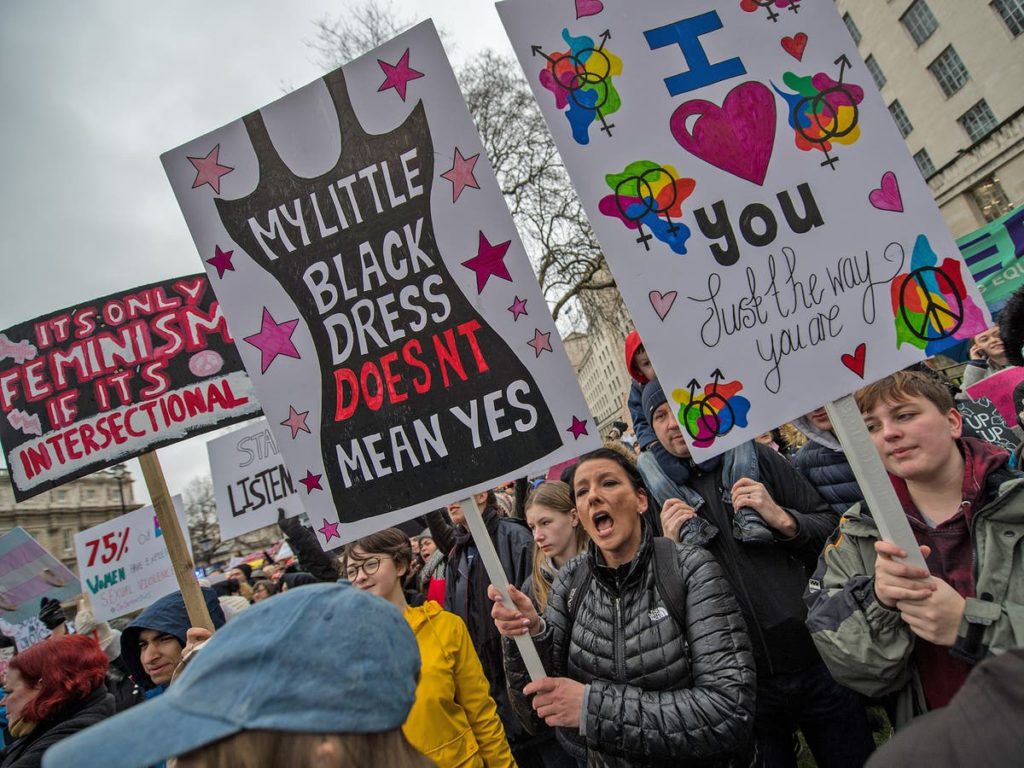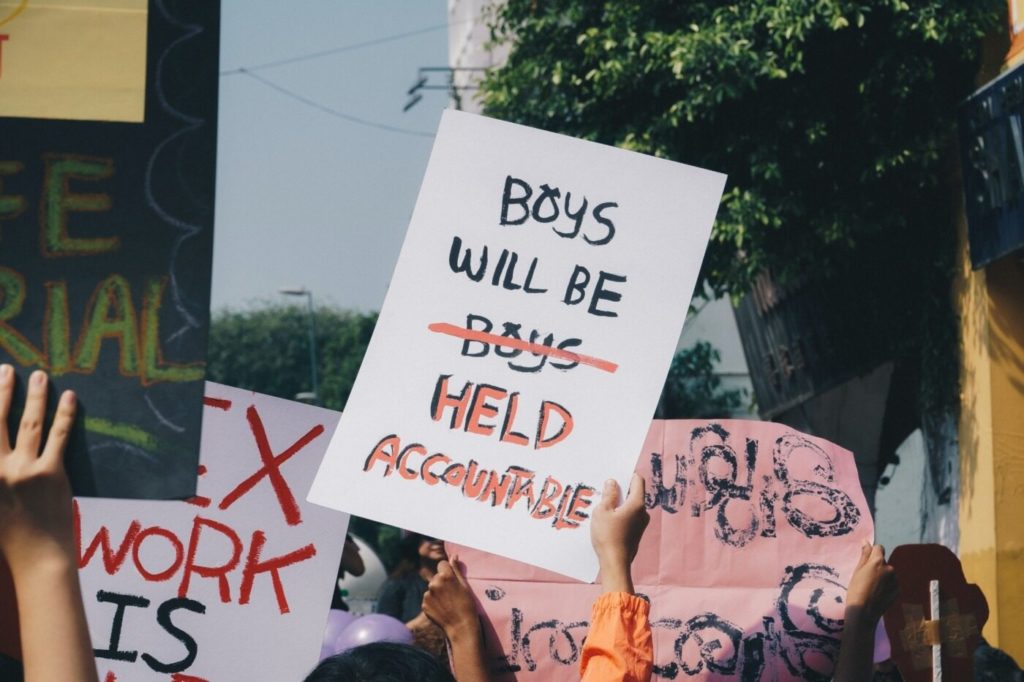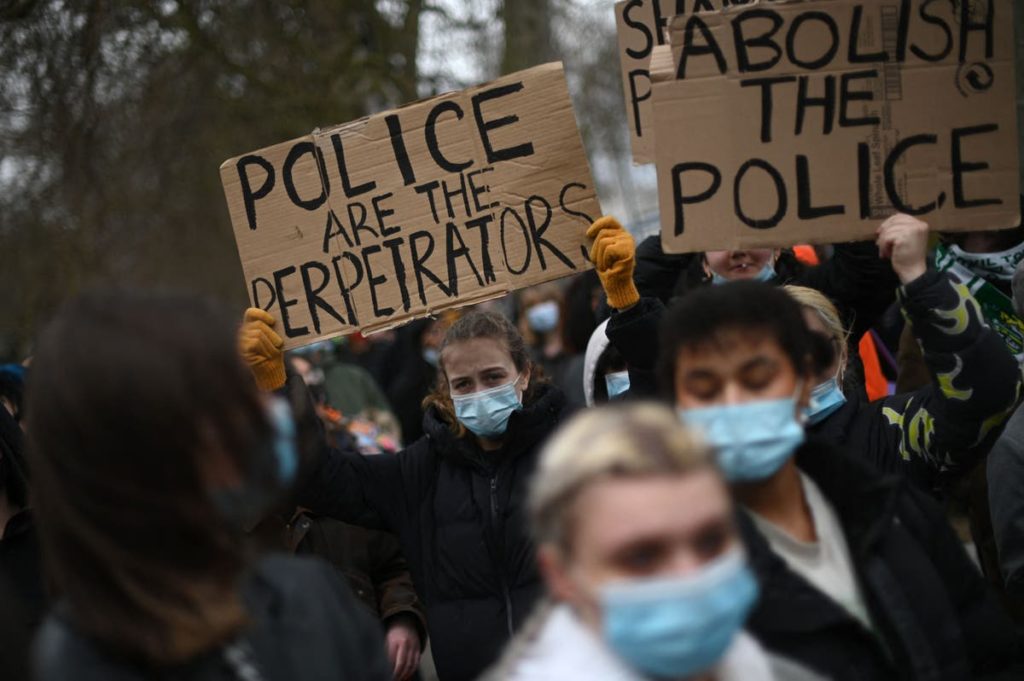The problems with the misogyny hate crime law by Yasmin Al-Najar.

Contribution by Yasmin Al-Najar.
The British Government’s announcement that misogyny will be classed as a hate crime from autumn 2021 across England and Wales has been considered as a victory for women. However, some women have little faith that making misogyny a hate crime will reduce misogyny in society or misogynistic crimes.

Legal issues
Hate crimes will be recorded as misogynistic “… where the victim perceives it to have been motivated by a hostility based on their sex.” However, using vague language and relying on the victim’s interpretation of events means that the law is wide open to interpretation. What happens when victims and officers do not agree on the definition of misogyny? Some people perceive wolf-whistling as a misogynistic act whereas some people do not. This also opens the door to the same form of misogynistic crimes being treated differently and have different outcomes depending on the definition of misogyny the law enforcers who are overseeing the case are using.
Attitudes within the police force show that the interpretation of misogyny will be an issue. In 2018 a report was released which analysed the impact of the Misogyny Hate Crime policy, introduced by Nottinghamshire Police in April 2016. Officers didn’t see any use in the policy and said that people were reporting what they interpreted as fairly trivial instances as misogyny hate crimes that did not warrant police resources. One officer labeled the policy as “a vanity project”. He went on to say “I struggle with it in all honesty. I just think if someone wolf whistles you ‘so what? Really?’ If someone came up to me in a gym and said, ‘you look good in your lycra’, I’d take it – thanks!”
The misogyny law doesn’t have a successful track record either due to problems of interpreting misogyny. Between April 2016 and March 2018, 174 women reported misogyny hate crimes. Only 101 were considered hate crimes and resulted in just one conviction.
Furthermore, misogyny will also be difficult to enforce, especially when it is online from dating apps to across a variety of social media platforms. Many women have experienced misogynistic comments online, especially when they reject men’s advances. It’s also common to see misogynistic comments all over social media. For example, recently someone complained on Twitter that his wife has put on weight and the comment section was filled with comments like “most Asian girls have a sell-by date, once the baby comes it’s all over” and “take her to the gym and if she doesn’t want to do that, find a second wife”.
Would these comments potentially be a crime? Is it only a misogynistic crime when comments are directly said to the victim, not in a comment section on a post? Does the hate crime include online abuse? These are the questions the government and law enforcement is going to have to answer. Furthermore, misogyny is not just a broad category but also nuanced. The law doesn’t cover misogynoir or recognise the intersection of misogyny with Islamophobia or anti-Asian sentiment either.

Women are already not receiving justice
Amongst the issues with the misogyny law, there is a backdrop of pre-existing distrust in the police force and the criminal justice system due to a multitude of reasons.
The conviction rate of police officers accused of domestic abuse is at 3.9 percent, while the general population rate is at 6.2 percent. In 2020 out of 493 reports against police officers, there were only 19 convictions. This is unsurprising since women’s officer partners have personal connections with the officers investigating their domestic abuse or sexual crimes. One woman was told that she and her husband should resolve the matter amongst themselves after reporting him for rape.
The Bureau of Investigative Journalism has complied reports of officers using their status, knowledge, and access to the legal system to intimidate or harass women. PC Oliver Banfield served no prison time for attacking a woman who was walking home alone. Instead, he was given a curfew and ordered to pay his victim £500. Even rape prosecutions and convictions amongst the general population are alarmingly low. They have more than halved in three years despite the fact that rapes have risen.
Especially black women and women of colour as well as sex workers, people with disabilities, and the LGBTQ+ community have long been subjected to police violence and have not been taken seriously by the police when they have reported crimes.
Sex workers are afraid of reporting rape and attacks to the police because they fear that any involvement that they may have with drugs or alcohol or their lifestyle will be brought up to shift the blame of what happened to them away from their attacker and onto themselves.
A teenager was fined for “wasting police time” after reporting her ex-boyfriend for stalking her to Sussex Police five times over a period of six months before he murdered her. A judge concluded that police “jumped to conclusions” and “stereotyped” her and had it not been for these prejudices she may still be alive today.
It is not hard to see why women would not see the point in reporting instances of misogyny or would feel uncomfortable doing so. Especially considering the fact that women have recently witnessed gendered violence committed by police officers at Sarah Everard’s vigil, whose suspected killer is an officer.

Delivering justice
The law is said to provide police data which will help them understand the scale of the problem and therefore help them to prevent these crimes. However, if the government intends to reduce crimes being committed against women and girls they must seriously consider what justice would look like for victims. A 2019 report by the Prison Reform Trust showed that 48 per cent of adults are reconvicted of another offence after being a year out of prison. The 52 per cent who don’t return to prison is not an indicator that they no longer hold the attitudes which caused them to commit the offence.
Convictions, fines, and imprisonment do not sufficiently hold those who commit hate crimes accountable or help them to understand why their actions are harmful. The misogynistic culture which influenced their criminal motivations not only needs to be clearly deconstructed in the perpetrator’s mind but misogyny must also be tackled in society as a whole. This will prevent offenders from re-offending and stopping potential new offenders. Simply collecting data is not enough in order to prevent misogynistic crimes. Although it does not work in all cases, restorative justice has proven to be an effective method in both delivering the victim justice and reducing re-offending.
However, women undoubtedly need more options. They need to be able to turn to professionals who specifically work with victims of domestic abuse and sexual crimes. According to the Rape Crisis Centre most women in the U.K. do not have access to their centres. Due to several cuts to women’s services 64% of victims being turned away from shelters, potentially sending them back to their abuser.
The government need to give grassroots communities the money and resources they need to help people. Also, if the root causes of misogyny are not dealt with as well as the deeply entrenched institutional issues and misogynistic attitudes within the police force, then like having more street lights and putting undercover police officers in nightclubs and bars, the misogyny law is simply a plaster placed over an already infected gaping wound.
Check out the GUAP Arts & Culture section, to discover new art, film, and creative individuals.





![ZINO VINCI’S ‘FILTHY & DISGUSTING’EP BRINGS YOU TO THE CORE OF THE ARTIST [@ZinoVinci]](https://guap.co/wp-content/uploads/2023/10/Zino-4.jpg)





![Remel London’s [@Remel_London] “Mainstream” is a must attend for upcoming presenters!](https://guap.co/wp-content/uploads/2017/02/REMEL-LONDON-FLYER-FINAL-YELLOW-COMPLETE-1.png)